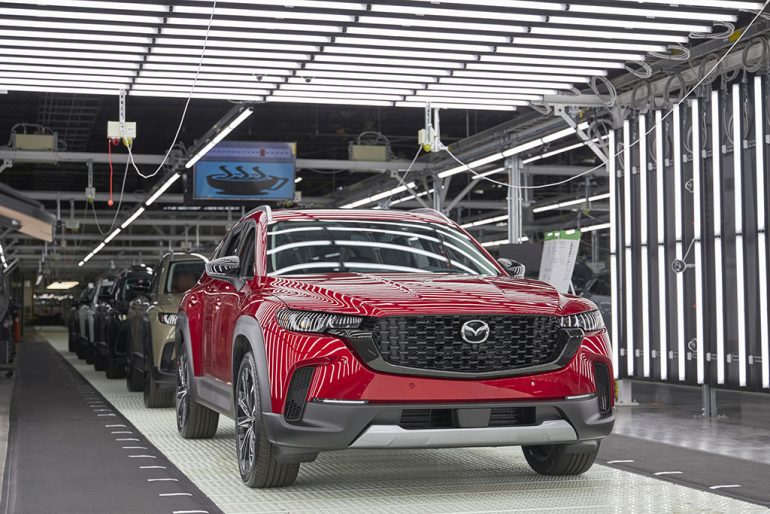Automotive

In a rather shocking announcement today, President Donald Trump confirmed a 90-day pause on a wide range of tariffs—yet, in a twist that hits especially close to home for the American auto industry, the 25% tariffs on imported automobiles and auto parts will remain firmly in place.
While global markets surged on the news that Trump would temporarily lower reciprocal tariffs on imports from roughly 75 nations to a floor of 10%, that enthusiasm may be short-lived in Detroit, where automakers and suppliers are now scrambling to assess the potential impact of continued sector-specific levies. The pause, meant to give countries time to negotiate more favorable trade deals with the U.S., does not extend to what the administration refers to as “sectoral” tariffs—those targeting key industries like automobiles, steel, aluminum, and pharmaceuticals.
What’s Still on the Hook? Imported Cars and Car Parts
Despite early hopes that the tariff reprieve would include the auto sector, Treasury Secretary Scott Bessent made it clear Wednesday afternoon: autos and their components remain subject to the full 25% import tax. That means automakers who source parts or completed vehicles from outside the U.S. (particularly from Asia and Europe) will continue to face increased costs, potentially driving up prices for American consumers and squeezing manufacturer profit margins.
This decision maintains pressure on foreign automakers that export to the U.S., but it also sends ripples across the American supply chain—especially in Michigan, the heart of the domestic auto industry. While the Trump administration has indicated that vehicles and components compliant with the existing USMCA (United States-Mexico-Canada Agreement) trade pact would be exempt from these tariffs, it remains unclear exactly what qualifies as “compliant” under that definition. Given how deeply intertwined North American production has become—with parts crisscrossing borders multiple times during assembly—the ambiguity only adds to the uncertainty.
China Hit Harder, But Auto Industry Caught in the Crossfire
Adding another layer to this evolving trade saga, Trump also announced a sweeping escalation against China, bumping tariffs on Chinese imports up to 125% in retaliation for Beijing’s own aggressive tariff increases on U.S. goods. This could further disrupt the auto industry’s already fragile global supply chains, as many components—especially electronics and battery materials used in electric vehicles—are sourced from Chinese factories.
The administration says it granted the 90-day pause to certain countries after more than 75 of them expressed interest in negotiating reduced trade barriers. However, China’s decision to retaliate sharply has positioned it as the primary target of Trump’s tariff campaign, with no indication of compromise in sight.
Looking Ahead
For now, while many industries and foreign trading partners breathe a sigh of relief over the temporary tariff reduction, the automotive world remains in wait-and-see mode. Automakers, suppliers, and dealers alike will need to brace for continued volatility as trade negotiations unfold over the next three months.
And unless the auto tariffs are brought into those discussions—or at least clarified in terms of their application across USMCA trade partners—Detroit and the broader American car market may find themselves driving into a fog of uncertainty. Stay tuned.
FOLLOW US TODAY:

